Camping
Planning Your First Car Camping Trip
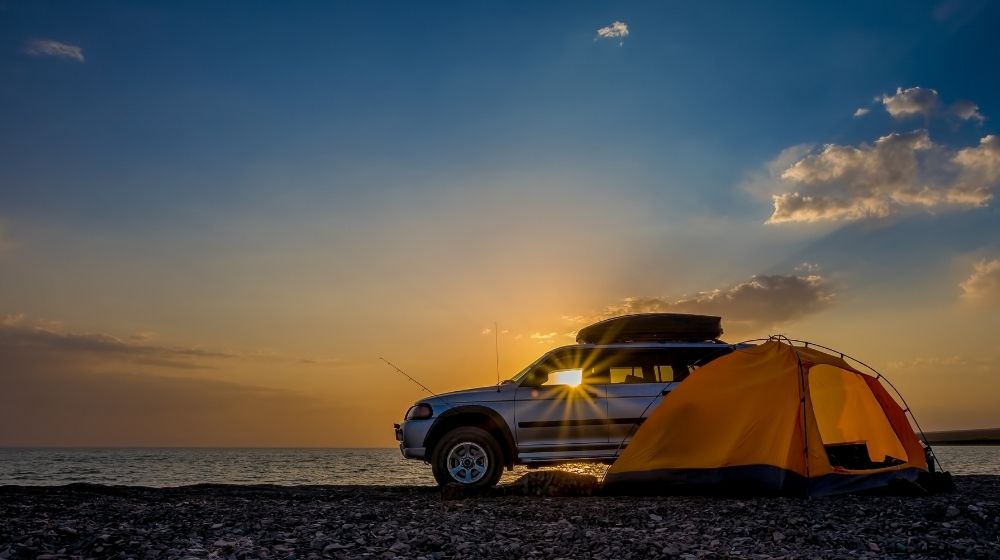
Have you tried car camping yet? Every outdoors enthusiast should go car camping at least once in their life. Luckily for you, here is everything you need to know about planning for your first.
In this article:
- Why Go Car Camping
- What Are the Risks
- Where Should You Go
- What Should You Bring to Your Car Camping Trip
- How to Get There
- How to You Make Car Camping Enjoyable
RELATED: Tent vs. Hammock Camping: And The Winner Is…
Everything You Need to Know About Planning for Your First Car Camping Trip| FAQs
Why Go Car Camping
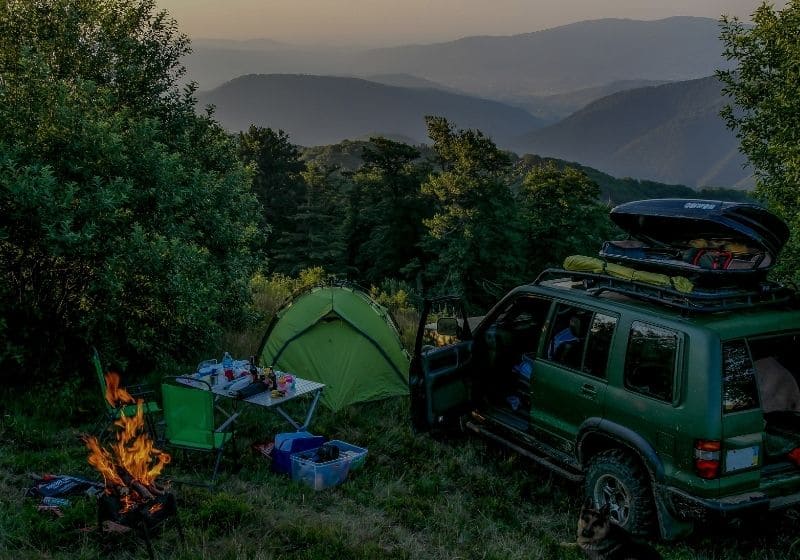
All factors constant, camping is an enjoyable and affordable adventure for people who love spending time outdoors. Besides, public lands' availability where citizens can enjoy their spare time makes the adventure even more effortless.
However, unlike a simple camping adventure, going on car camping guarantees you more comfort, more movement and allows you to pack a little more camping gear. For instance, tagging your car allows you to explore more by planning for day trips away from your main site.
Trivia: Alternatively, you can easily shift your camp if you have a car than if you did not.
What Are the Risks
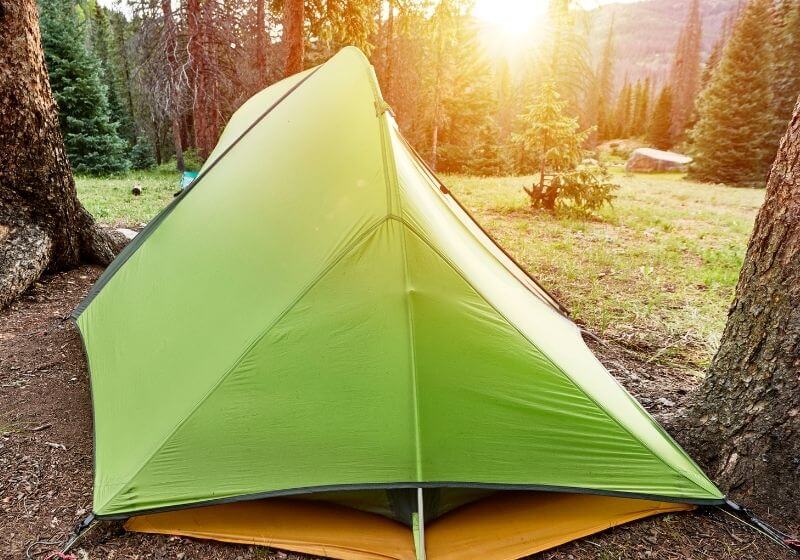
While you are not likely to be attacked by wild animals, it is advisable to keep your camp clean. Store all your food safely away in storage containers or coolers always, and lock them inside your car at night. This will keep animals that like stealing food from humans away.
Secondly, be cautious about cross-contamination between going to the bathroom, raw food, and your mouth. While you might not always be close to a water source, consider using a hand sanitizer often and wash your hands any chance you get.
Consequently, bringing along simple things such as a meat thermometer will ensure you do not consume undercooked meat. While carrying toiletries will help you keep your camp sanitary.
Where Should You Go
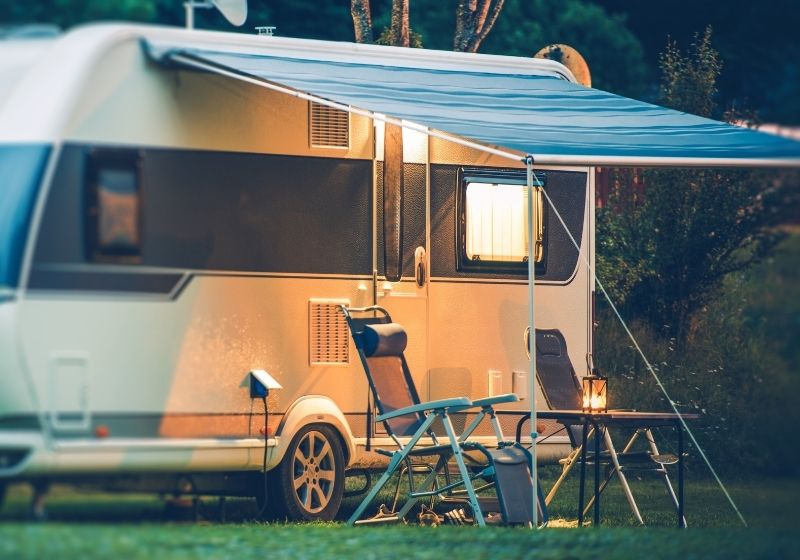
Figuring out where you want to go car camping is the first important step towards having a fun-filled outdoor adventure. This is because being clear on where you want to spend quality outdoor time will guide you in what to bring for maximum comfort and safety.
If you are looking for a national park setting, you will have to directly consult with the National Park Service, who can advise you on what to bring. Otherwise, book through Reserve America if you are looking to try out state and federal campgrounds.
However, opt for dispersed camping in a state park or national forest if you want to spend your outdoor time away from the masses. Here, you only need to find a remote camping site in the desert, mountains, or woods and set up.
Remember: Dispersed comping comes with essential roles to leave the places as ideal for the next campers as you found it.
Tips
- Navigate using Google Maps to the campground you have in mind. It is as simple a finding a hotel.
- Keep in mind that you will be around other people if you choose to go to a developed campground.
- When in a campground, your dog will have to be on a leash all the time.
- Unlike developed campgrounds, you can have your dog off the leash if you camp national forests.
RELATED: 21 Camping Hacks For Beginner Campers
What Should You Bring to Your Car Camping Trip
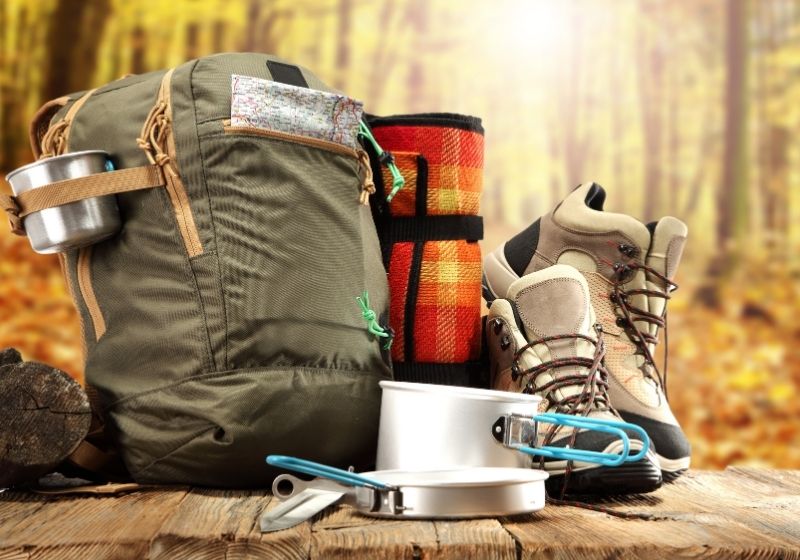
Once you have settled for a campsite location, ask yourself what the amenities you require to survive. Do you need bathrooms or picnic tables? Is there a source of water or will you need to bring some? Can you make a fire for cooking? Is a gas stove a better option?
Here is a breakdown:
Cooking
Even if you light a fire, I'd recommend having a gas stove on the side. This way, you can have a coffee at your convenience. Disposable utensils will work, but that will need you to bring along enough trash bags.
Therefore, consider investing in reusable, easy-to-clean stainless-steel utensils to minimize wastage. For food preparation, wooden spoons, tongs, a cast-iron skillet, and a saucepot will get the food ready.
Tip: A cooler is not necessary as long as you freeze everything prior and pack them tightly. It will also help if you packed drinks and foodstuff separately to minimize the amount of time the frozen food is exposed to open air.
Clothing
Anticipate cold temperatures. Therefore, dress in layers, and pack more than you think you need. The least everyone on the camp will need several long underwears, wool socks, knit hats, wool sweaters, warm jackets, and a rain shell.
Avoid cotton clothing, but this does not mean you should buy an entirely new wardrobe for a camp. If you suspect any wetness, pack your clothes in a dry bag or waterproof duffel bags.
Camp Comfort
It makes no sense to have an uncomfortable car camping trip. Pack a bug repellant with DEET to keep all creatures away, including mosquitoes.
While you can opt for lanterns for lighting, hanging plastic bulbs around your camp will disperse light more effectively. You might need a hangout shelter for your group and some tables and chairs to go with in terms of weather.
Tip: Do not forget to bring your sunscreen.
Sleep System
It goes without saying that despite having tagged along with your car, you'll need a tent, a sleeping bag, and a sleeping pad to lay under your sleeping bag. You can find any of these in your retail stores for your various budgets.
Keep in mind that the more you spend, the more quality you get.
Tips
- Go for a tent with considerable weight and one that folds easily into a compact size for easier storage.
- Also, consider investing in a tent that is quality enough to keep rain, bugs out and one whose poles zipper clasp are strong enough to withstand harsh weather.
- Additionally, keep in mind the number of people that will be going into the then. For example, a two-people tent is enough for two average-sized people if you want the room to hangout, for a size bigger than the number of people you'll have.
- Besides providing a cushion, a sleeping pad acts as insulation while out in the cold. Inflatable air beds will fail after one or two uses, which is why you should go with a thin air and foam sleeping pad.
- To be on the safe side, consider buying a sleeping bag from a reputable brand. If you choose a cheaper option, go with a sleeping bag rated for colder temperatures than you anticipate at your camping site.
How to Get There
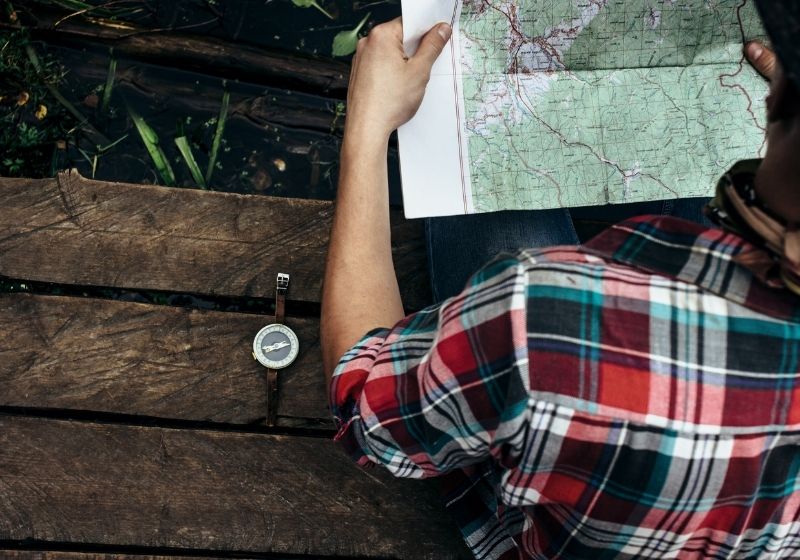
Navigating to a developed campground is easy and fast. Finding a dispersed campsite, on the other hand, is way harder. It is more about exploring dirt roads that cross national forests with dispersed campsites, hoping they lead you to an ideal spot.
Luckily, with apps designed for this type of campers, all the guesswork is out the window. These apps tell you everything from the road or tail to expect, how difficult it is to drive in, and even the vehicle best suited for the trail.
Reminder: Most of the apps works offline, which is vital as you will likely not have cell phone service in remote places.
How to You Make Car Camping Enjoyable
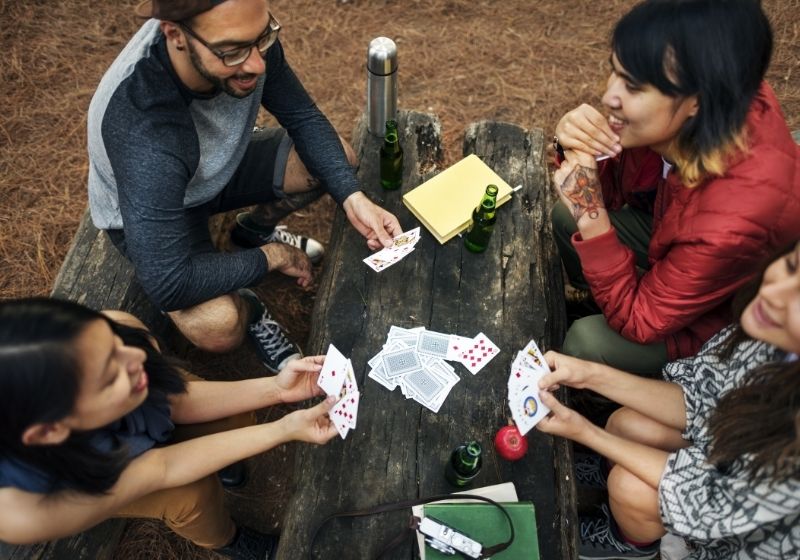
One foolproof way to keep things fun is ensuring everyone is actively involved in the camping activities by assigning responsibilities. The second one is avoiding obvious discomfort points by preventing mosquito and bug bites, packing warm clothes and comfortable sleeping gear, and keeping everything clean.
Tips
- You can also bring along music or engage in other fun games.
- Camp near water also makes it fun by taking a dive now and then but taking the needed caution.
- If you choose to light a campfire, ensure it is permitted in the area you are camping.
- In case of a campfire, bring your firewood but buy it as closest to your campsite as possible to avoid bringing invasive bark beetle species.
- You can also engage in other activities like kayaking, fishing, hunting, and even hiking.
Watch this video as The Jurgys fill you in on 8 car camping tips to make your next road trip amazing:
There you go. With this basic information about planning for car camping, you are now ready to set out and have a fun and memorable time in the outdoors. Remember, it does not hurt to know as much as possible about your destination for preparedness purposes.
Have you gone car camping before? What other tips do you have for beginners? Let us know in the comment section below!
Up Next:
- Camping Essentials For A Fun And Safe Camping Trip
- 10 Best Winter Camping Gear To Keep You Warm On Your Adventures
- Deicer Products At Home To Survive The Freezing Weather
Calling all preppers, craftsmen, bushmasters, outdoorsmen, and all-around skilled people, Survival Life needs YOU! Click here if you want to write for us.
Don’t forget to stay connected with us on Facebook, Twitter, Pinterest, and Instagram!
-

 Paracord Projects1 year ago
Paracord Projects1 year agoParacord Projects | 36 Cool Paracord Ideas For Your Paracord Survival Projects
-

 Paracord Projects1 year ago
Paracord Projects1 year agoHow To Make Paracord Survival Bracelets | DIY Survival Prepping
-

 Medical Care1 year ago
Medical Care1 year ago21 Home Remedies For Toothache Pain Relief
-

 Knife Laws1 year ago
Knife Laws1 year agoAre Switchblades Legal? Knife Laws By State
-

 Do It Yourself1 year ago
Do It Yourself1 year agoSurvival DIY: How To Melt Aluminum Cans For Casting







You must be logged in to post a comment Login